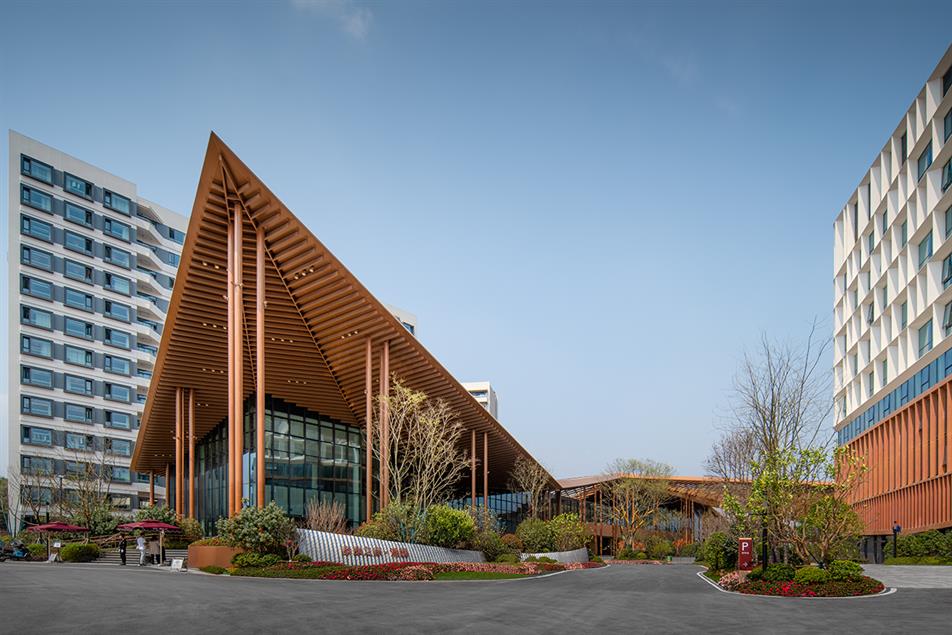Winner Interview: Pioneering elderly living community in China has nostalgic appeal
Australia-based firm Jackson Teece reveals the challenges and opportunities involved in its creation of WAN Award-winning Taikang Community Xiang Garden, a project delivering senior healthcare amidst a range of aspirational amenities and landscaped spaces.
